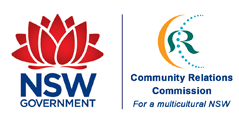Meet Joe Cudars from Latvia and see his tablespoon.
Continue reading
Search Results for: Bathurst
Meet Anna Babij and see her embroidered apron from the Ukraine.
Continue reading
Meet Maria Cebulski and see the “Welcome to Australia” booklet given to passengers on her migration journey to Australia in 1950.
Continue reading
Meet Rozalia Cetinich and see the post card of the Castel Bianco.
Meet Eleonora Conolly and see her mother’s serviette ring from Serbia.
Continue reading
Meet Baukje den Exter and see the sewing box her brother gave her from Indonesia.
Continue reading
Meet Helen Lihos and see her hand embroidered dress from the Ukraine. Continue reading
Meet Alexandra Rezko and see her father’s scythe from Germany.
Continue reading
Meet Brunhilde Srejic and see the tools from Germany she hoped to use as a hairdresser in Australia.
Continue reading
Meet Olga Burger and see the camphor boxes she bought in 1949 whilst departing China for the Philippines. Continue reading
Meet Stella Lakomy and see her rug with the Polish WW1 war hero.
Continue reading
Meet John Bojko and see the wallet he carried with him through the Ukraine, Germany and France during WW2. Continue reading
Meet Stefania Petryk and see the diary she has kept since coming to Australia in 1950. Continue reading
Meet Helen Simanowsky and see the blouse her mother made from a scarf given by German soldiers during WW2. Continue reading
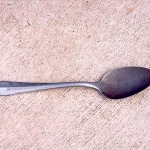
![Kate: "The apron is white cotton with rows of coloured cross-stich patterns embroidered on it and a broderie Anglaise border. I think my mother [Anna] took it with her when she was deported by the Germans from the Ukraine and sent to work in Austria."](wp-content/uploads/2008/08/babij-apron-150x150.jpg)
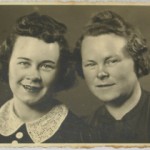
!["I was given this photo when I was in Slovenia in 1998 by the little girl at the front! I remember it was summer [when] wheat is ripe and you cut it. All day I bended down [to] make bundles. It was hard work."](wp-content/uploads/2008/09/slovenia-150x150.jpg)
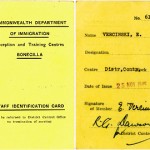
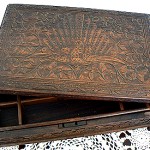
![Helen: "In 1989 we went to the Ukraine and my husband's [Sam] sister gave them to me. She had made them a long time ago."](wp-content/uploads/2008/10/lihos-dress-150x150.jpg)

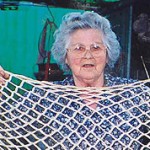
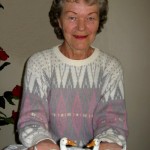

!["This is the wallet I had with me from the age of 14. I had [it] with me in the Ukraine and all the time I was in France and Germany during the [Second World] war."](wp-content/uploads/2009/09/bojko-wallet-150x150.jpg)
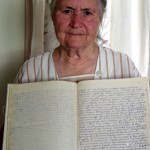
!["The tablecloth is very special. When Princess Elizabeth of England was getting married in November 1947, the ladies in the [DP] camp decided to make her a present. They, including my mother, embroidered a beautiful little tablecloth. My mother copied that pattern and reproduced [it]."](wp-content/uploads/2009/09/simanowsky-tablecloth-150x150.jpg)
